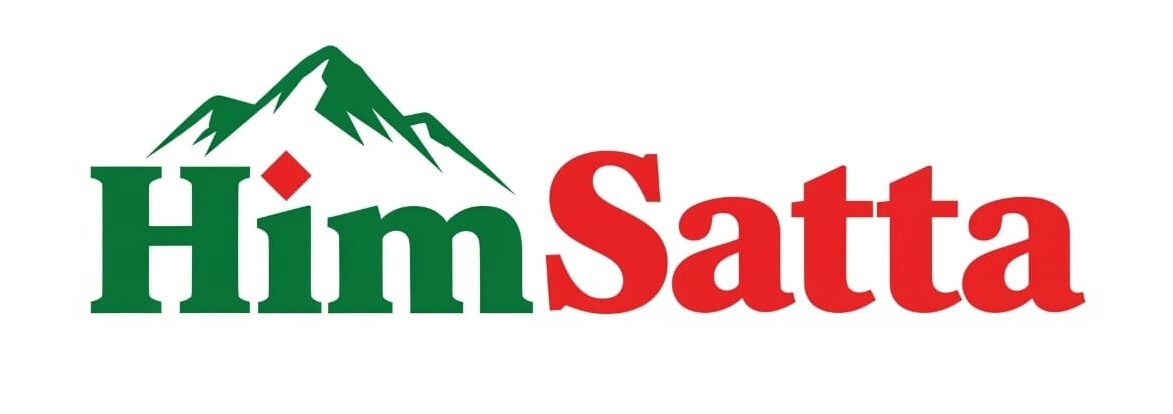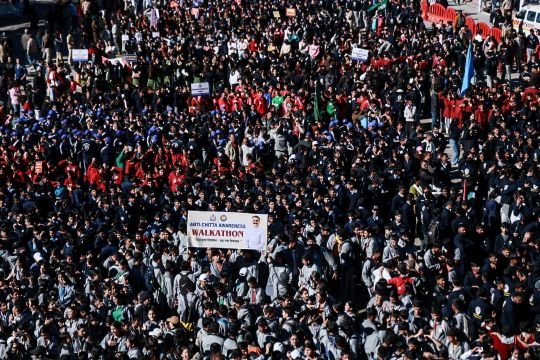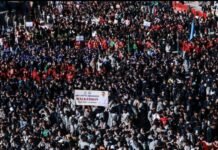In a sweeping administrative move, the Himachal Pradesh government has launched a dedicated three-month campaign to “eradicate” chitta, with structural reforms meant to keep the pressure constant and multi-layered. Announced by CM Sukhvinder Singh Sukhu, the campaign includes the creation of a special cell within the police force that will systematically target organized drug rings.
Critical to the policy is a network of village-level drug prevention committees – each panchayat will house a seven-member panel tasked with monthly reviews, reporting, and local-level awareness. With these committees, the government aims to decentralize anti-drug operations, ensuring that panchayats prone to drug usage are no longer left on the periphery.
To expand the reach of the campaign, students at colleges have been drafted as volunteers. The state government plans to train these young volunteers, empowering them to conduct awareness sessions, mobilize communities, and act as local points of contact. According to officials, the synergy between the police, civil society, and academia is designed to form a resilient line of defense against chitta dealers.
Sukhu, in his review meeting, emphasised that every department must be aligned: “This is not just a law-and-order issue; we will fight it with social consciousness.” The involvement of MLAs, district officials and civil society leaders in district-level rallies underlines the state’s pledge to sustain engagement over the next three months.
The campaign signals a paradigm shift for Himachal. Historically, drug issues in the state were addressed sporadically, with periodic crackdowns and short-term outreach. But the current strategy — structured, institutionally linked, and community-centered — is being viewed as an effort to change the battleground permanently.
If successfully executed, this could mark one of the most socially integrated drug-eradication efforts by a state in North India, combining enforcement with civic empowerment and demonstrating a model for sustained public health interventions.





